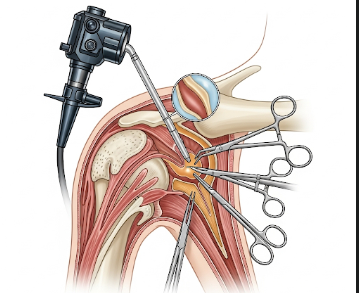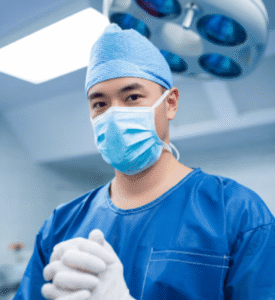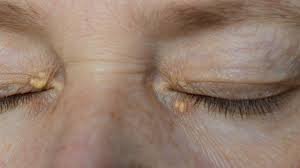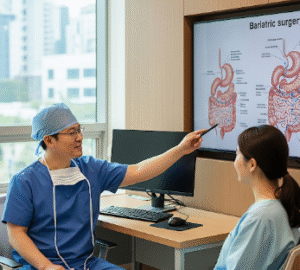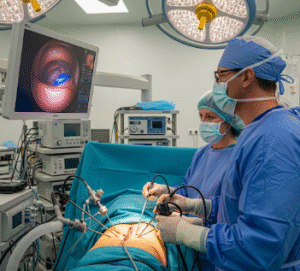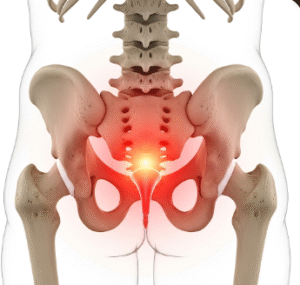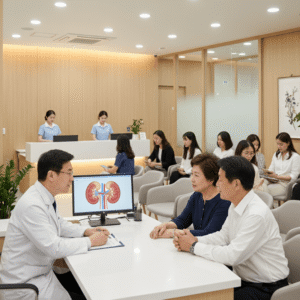Overview
Shoulder arthroscopy is a minimally invasive surgical procedure used to diagnose and treat problems within the shoulder joint. Using a small camera called an arthroscope, surgeons can view the internal structures of the shoulder, repair damaged tissue, and remove loose fragments without large incisions.
In Korea, shoulder arthroscopy is performed in advanced orthopedic and sports medicine centers by highly experienced surgeons. Hospitals use state-of-the-art imaging, precision instruments, and sterile operating rooms, ensuring minimal pain, faster recovery, and optimal joint function. Postoperative rehabilitation programs help patients regain mobility, strength, and flexibility efficiently.
What is Shoulder Arthroscopy?
Shoulder arthroscopy involves inserting a thin, flexible tube with a camera (arthroscope) through small incisions (portals) around the shoulder. The camera transmits images to a monitor, allowing the surgeon to:
- Diagnose joint injuries such as rotator cuff tears, labral tears, cartilage damage, or impingement
- Repair or remove damaged tissue
- Perform procedures such as ligament repair, decompression, or synovial biopsy
- Treat chronic shoulder instability or arthritis-related changes
Key points:
- Minimally invasive alternative to open shoulder surgery
- Can be used for diagnosis, treatment, or both
- Reduces pain, recovery time, and scarring
- Commonly performed for athletes, trauma patients, or individuals with degenerative shoulder conditions
What are the benefits?
- Minimally invasive, resulting in smaller incisions and reduced infection risk
- Faster recovery compared to traditional open surgery
- Accurate diagnosis of shoulder joint conditions
- Pain relief, improved mobility, and restored shoulder function
- ✅ Allows simultaneous diagnosis and treatment during the procedure
- ✅ Short hospital stay; often outpatient or same-day discharge
- ✅ In Korea, high-precision arthroscopy ensures optimal outcomes with minimal complications
Procedure Details
1) How should I prepare for Shoulder Arthroscopy?
- ➤ Preoperative evaluation: Blood tests, X-rays, MRI, and medical assessment
- ➤ Discuss current medications, particularly blood thinners or anticoagulants
- ➤ Fasting instructions if general anesthesia is planned
- ➤ Preoperative counseling about procedure, risks, post-op care, and rehabilitation
- ➤ Arrange for transportation, as mobility may be limited post-surgery
2) What happens during the procedure Shoulder Arthroscopy?
- ✅ Performed under general or regional anesthesia
- ✅ Small incisions (portals) are made around the shoulder
- ✅ Arthroscope is inserted to visualize the joint on a monitor
- ✅ Surgical instruments are used to:
- Repair rotator cuff tears or labral injuries
- Remove loose cartilage or bone fragments
- Smooth rough surfaces or inflamed tissue
- Treat chronic instability or impingement
- ✅ Procedure duration typically 30 minutes to 2 hours, depending on complexity
3) What happens after Shoulder Arthroscopy?
- ➤ Patients are monitored in recovery for a few hours
- ➤ Pain management with prescribed medications
- ➤ Ice, elevation, and rest help reduce swelling
- ➤ Physical therapy starts shortly after surgery to restore range of motion, strength, and shoulder function
- ➤ Patients usually resume daily activities gradually within weeks, depending on procedure complexity
Risks / Benefits
Potential Risks:
- ➤ Infection at the incision site
- ➤ Blood clots (rare)
- ➤ Stiffness or limited range of motion
- ➤ Nerve or blood vessel injury (rare)
- ➤ Persistent pain or limited improvement
Benefits:
- ✅ Minimally invasive with smaller scars and faster recovery
- ✅ Accurate diagnosis and treatment of shoulder joint issues
- ✅ Reduces pain and restores mobility
- ✅ Early return to daily activities or sports
- ✅ In Korea, advanced arthroscopy minimizes complications and ensures optimal rehabilitation
Recovery and Outlook
- Hospital stay: Often outpatient; some cases may require overnight observation
- Activity: Gradual return to daily activities, avoiding heavy lifting or overhead movement initially
- Physical therapy: Focused on strength, flexibility, and shoulder range of motion
- Full recovery: Usually 4–6 weeks for minor repairs, up to 3–4 months for complex rotator cuff or labral reconstructions
- Lifestyle: Follow rehabilitation instructions, avoid high-impact activity early, and maintain healthy shoulder mechanics
When To Call the Doctor
- ➤ Severe or persistent pain not relieved by medication
- ➤ Redness, swelling, or discharge from incision site
- ➤ Fever or signs of infection
- ➤ Numbness, tingling, or weakness in the arm or hand
- ➤ Difficulty moving the shoulder despite rehabilitation
Best Korea Option / Process
- ✅ Korea provides world-class orthopedic and sports medicine centers
- ✅ Hospitals offer minimally invasive shoulder arthroscopy with expert post-op care
- ✅ Advanced equipment ensures high precision, reduced complications, and optimal outcomes
- ✅ Post-operative care includes physical therapy, pain management, and monitoring for complications
- ✅ International patients benefit from VIP services, English-speaking staff, and coordinated care
- ✅ High success rates and short recovery times make Korea a preferred destination for shoulder arthroscopy

